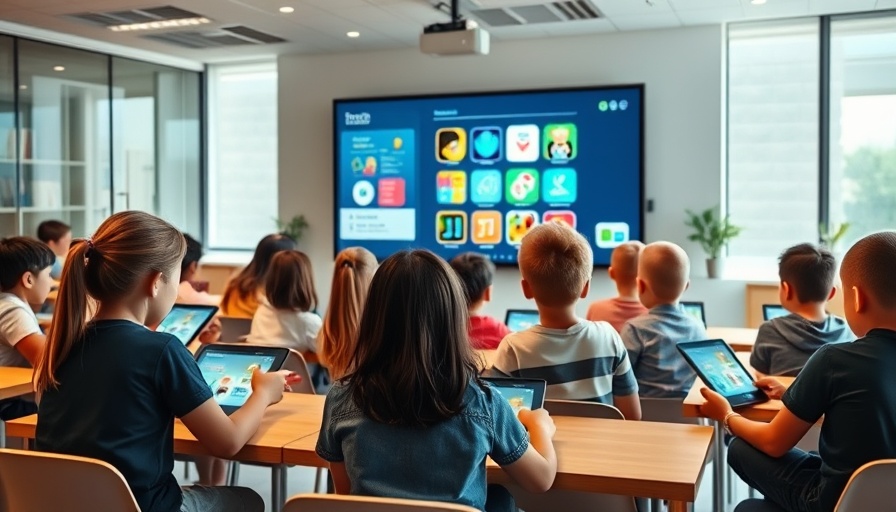
Embracing Technology in Indian Classrooms
As we celebrate the 97th anniversary of the Free Press Journal, it's essential to reflect on the transformative role technology plays in shaping the future of Indian education. Walk into any Indian school today—be it in the bustling metropolis of Mumbai, a historic town like Pune, or a remote village—and you’ll find students engaging with their lessons through tablets, coding apps, and interactive platforms like WhatsApp. Children not only learn but thrive in this interactive environment, effortlessly absorbing knowledge in ways that were previously unimaginable.
The NEP 2020 Revolution: Bridging Educational Gaps
One key aspect of the National Education Policy (NEP) 2020 is its vision of leveraging technology to democratize education across varying socio-economic divides. It recognizes technology as a powerful equalizer, enabling learners in both urban elite schools and rural Zilla Parishad institutions to access quality educational resources. Through tools like digital libraries, children are discovering stories and learning materials tailored to their preferences and literacy levels.
Personalized Learning: A New Era in Education
The challenge of personalizing education remains significant, especially in traditional classrooms packed with 50 or more students. Here, technology emerges as a savior with adaptive learning apps that modify content based on an individual’s pace and proficiency. Educators have reported seeing even the most reluctant readers become engrossed in books thanks to recommendations from digital libraries. This transition highlights the role of technology in fostering a supportive and engaging learning environment.
Foundational Literacy: The NEP's Commitment
Another pivotal focus of the NEP is foundational literacy, which is paramount for students' academic future. Technology enhances foundational skills by making vast resources available in various Indian languages. Whether in mainstream urban schools or government institutions, children can access thousands of stories in languages like Marathi and Tamil, enriching their cultural experience and language skills.
Addressing Challenges without Displacing Teachers
While educational technology offers many advantages, it also presents challenges. The primary goal remains not to replace the educator but to complement their efforts. Educators assert that technology can resolve issues like student engagement and access to resources without sidelining the vital human element that teachers provide. A thoughtful integration of technology in the classroom can lead to more effective learning outcomes.
Future Predictions: The Evolving Landscape of Indian Education
The future of education in India appears bright as institutions increasingly adopt technology-driven methodologies. We anticipate a stronger focus on blended learning environments, where in-person and digital learning coexist harmoniously, fostering deeper engagement and knowledge retention. Moreover, as technology continues to evolve, educational institutions must remain agile, ready to adapt to new tools that can further enhance teaching and learning experiences.
In conclusion, embracing technology in education isn't just about upgrading tools; it's about rethinking the entire learning paradigm. As parents, it is crucial to engage with these advancements positively, nurturing our children's safe exploration of the digital world.
Call to Action: Join the Conversation
As a parent, staying informed about these changes is vital. Engage with your child’s education, understand the tools they use, and participate in discussions about technology's role in learning. This active involvement can significantly benefit their educational journey and development. For more insights into leveraging technology to enhance your child’s learning experience, take the first step by exploring new educational resources and joining parenting forums focused on educational innovation.
 Add Row
Add Row  Add
Add 




Write A Comment